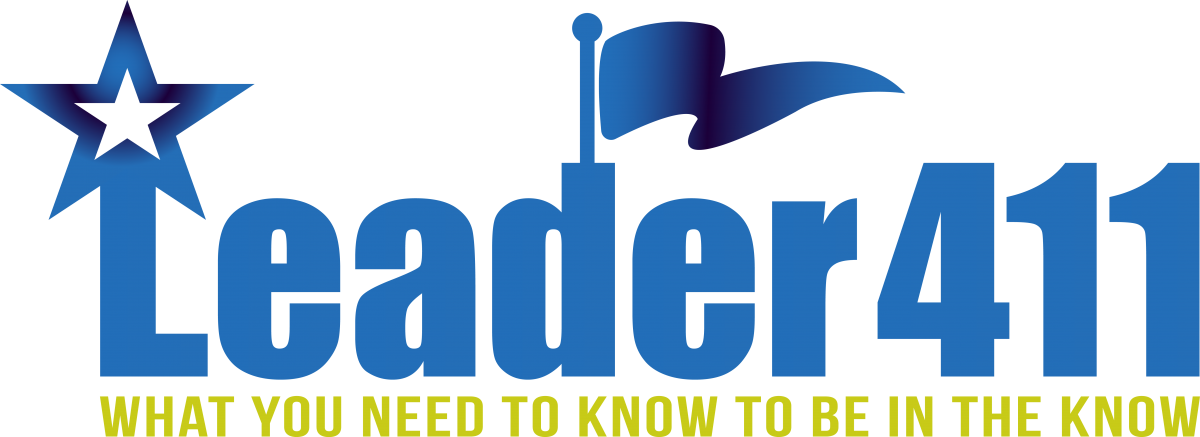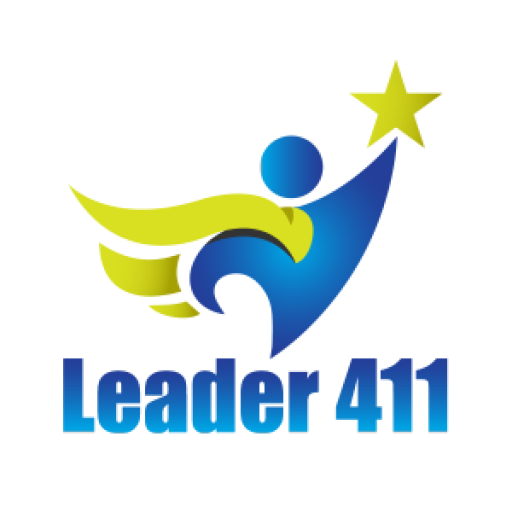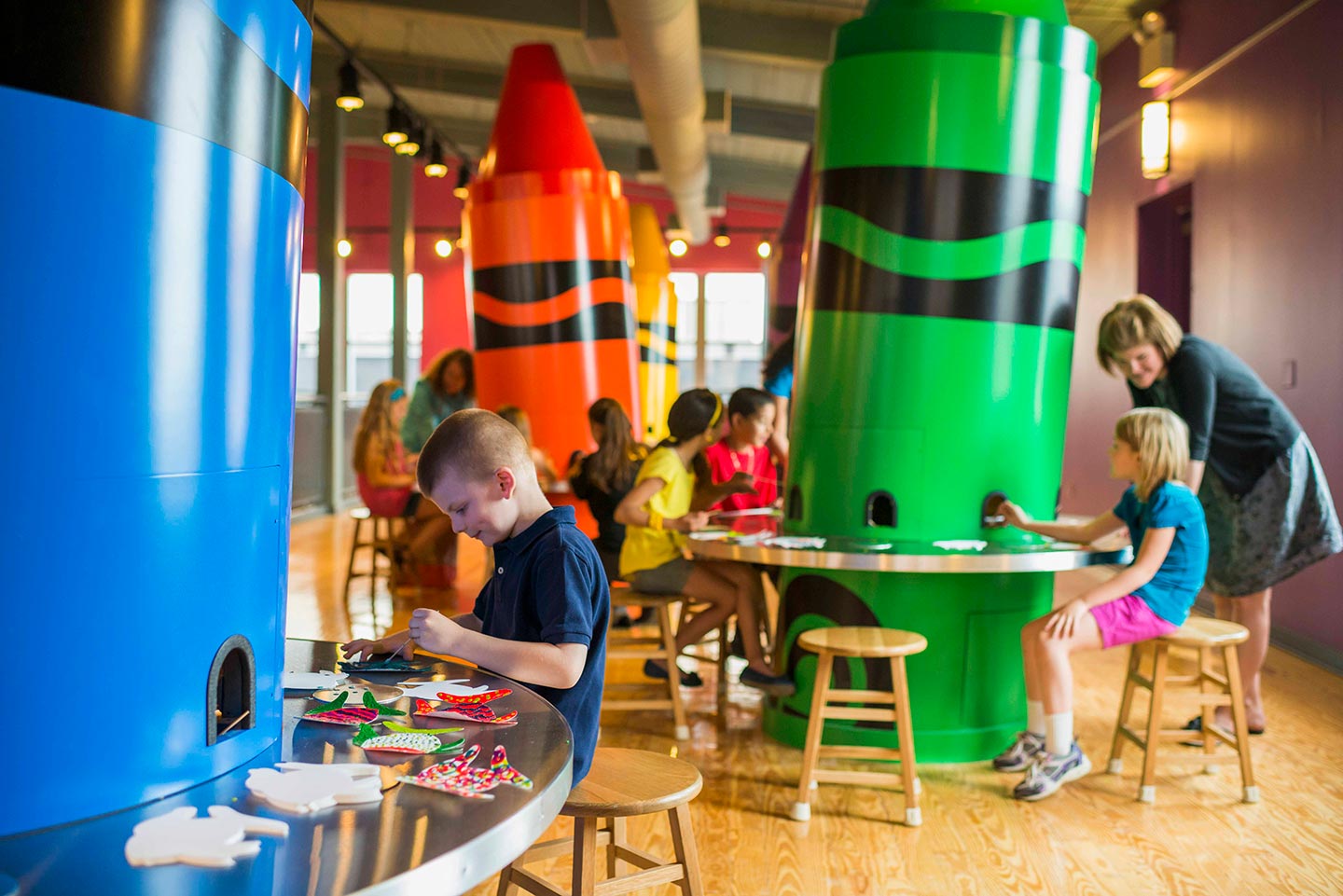(Model Teams is a project consisting of stories from every day, diverse teams that get together and accomplish great things. This story highlights the importance of diversity in thought and background in order to make great things.)
There are close to 3.4 billion responses in Google to the search for creativity. The first page of search results consists of articles on how to grow it, encourage it and kill it ( ‘what-not-to-do’ articles). It is so vital to the workplace that Bob Iger pauses a story in his book A Ride of a Lifetime (great book!) to discuss the importance of harnessing creative talent, but not just because he worked for an inherently creative company. Creative people tend to be passionate, fun-loving problem solvers. Jack Rouse Associates (JRA) is a company that understands working with creative people.
Background:
Jack Rouse Associates began in 1987 by two great friends and entertainment enthusiasts. Dr. Jack Rouse, a former professor at University of Cincinnati’s College Conservatory of Music and Amy Merrell, an business woman and prominent supporter of the arts. At first their projects were small, but attracted the attention of two of Dr. Rouse’s former students, Keith James, current Owner / CEO, and Dan Schultz, current COO. Both began working at JRA within five years of its foundation. Over the next three decades the company has solidified itself as a global leader in themed design. (Check out their extensive project portfolio here).
What is themed design?
When people think of themed design, they think of theme parks. That’s a good place to start. An amusement park such as Six Flags is created to entertain with thrills, carnival-esque food and beverage. Some themed entertainment may be sprinkled throughout, but theming is expensive. They tend to focus on the thrills. A theme park is about relationships with the customers through interactive story telling.
A classic American example is Disneyland in Anaheim, California. Founded in 1955, many were sure it was going to fail. Walt had placed too much money into the “niceties” of the park and focused less on the rides than what others believed he should. He insisted that if the park were to create an environment that allowed the ‘guest’ to escape the rigors of the world and just enjoy the beauty, perfection and story of the park, then it would create an engaging experience for the parents and children that would flock to the park. Disneyland was an experiment of a visionary man. Today, themed entertainment is the wave of the future.
More and more companies are looking to engage their customers through themed design. Museums will redesign areas in order to match the latest arrival of antiquities or learning such as Body World, the Titanic, or any of the new exhibits at The Metropolitan Museum of Art in New York City. Children’s museums thrive on themed engagement (check out our favorites: The Children’s Museum of Indianapolis and The Please Touch Museum in Philadelphia. Also, there’s this article in Parents Magazine on the top Children’s Museums).
Restaurants capitalized on the boom that theming can cause with popular chains such as The Jekyll and Hyde Club, T-Rex Café, The Toothsome Chocolate Emporium at Universal Studios Orlando (my favorite) and even Dick’s Last Resort where the staff is rude…on purpose! (Their tagline is “Putting the F.U. in Fun!). Today, even major corporations such as Volkswagen, Toyota, Coca Cola, Pepsi, Jack Daniels, Google, Microsoft and Lucent Technologies are jumping onboard the themed experience attractions to engage customers with their unique and entertaining stories and products.
Amongst all of this growth and development in such a creative world, Jack Rouse Associates is one of the best.
Initial Meeting with New Client
“It starts with an idea. Often times a customer will contact us and tell us a vague idea of what they’re looking for. They know they want something, but they don’t know exactly what it looks like. They just know they want it to be awe-inspiring, engaging and unique. They want it to tell their story, then they say ‘So, is that something you can do?’ In which I follow up with my favorite answer, ‘Yes, we can do that.’”
After the initial interaction with the customer, COO Dan Schultz, recounts the next step in the process: research.
“Before that first official creative meeting, we have to do as much research as possible on the company, the culture and the goal of the operation. All of our creative staff are skilled researchers. They have to be. It’s part of our creative process.” (Research is critical. More on this later.)
“The first meeting is always an interesting one because we present our ideas through visual reference images and our summary based on their initial descriptions and subsequent conversations leading up to this meeting. We formally introduce ourselves, then we continue the idea development, listening to learn first, hearing what they want and what they don’t want. They share their limitations with us. When we feel we’ve reached a good spot, the meeting wraps up. Then comes the exciting part. We put their ideas on paper.”
At this point, JRA gets the project team in a room and shares the results from the meeting. Then, they brainstorm.
Turning Dreams into Reality
“It is an extremely fun, exciting, and difficult part of the process. We all hear the same information from the customer, but we all have very different ideas on how to present the idea to fulfill the needs of both the customer and the end user (the people that are actually going to engage with the product).”
These meetings can take a while. Days at times. The team meets, discusses, sketches ideas, discusses some more, sketch new ideas, reevaluate old ideas and combine old and new ideas until finally the story starts to take shape. Once it begins to take shape, they start to look at if it can make it work.
Feasibility is the part of the project where they see if their idea can actually be put to work. There are two key parts, the marketing and demographics and the idea evaluation. Marketing and demographics happens before the brainstorming. The idea evaluation happens after the brainstorming and development stage. Pitching a beautiful idea to the customer that ultimately can’t be done would be a disaster. Many people attempt to combine the idea evaluation with the brainstorming, but this also can be a disaster. (More on this later)
The team keeps an open dialogue with the customer throughout the process, providing deliverables and plans at each step throughout the process. With each step the idea is given shape, solidified on paper and in graphic renditions complete with technology integration and customer engagement points. Eventually the project is approved and the construction begins.
JRA doesn’t do the actual build, but they manage the process. They meet with each subcontractor to make sure they understand the vision. It is critical that everyone involved in the project, from the project lead to the subcontractors installing the TV monitors, understands the point of the project, who we’re trying to reach and why. This helps them understand why it’s worth putting their best work on this project.
Finally, after many months, they celebrate the opening of their exhibit.
“The great fanfare and celebrations are fun, but the most enjoyable moments are watching the end user appreciate the project you’ve spent months creating. It’s a wonderful feeling.”
Important Highlights about the Creative Process:
The conversation with Dan lasted 1.5 hours. In the interest of brevity I’ve only highlighted the creation process, but I want to make sure to highlight three key points:
Creative Tasks: Creative tasks such as these are some of the most difficult situations teams can encounter. When there’s a multitude of decisions (near infinite in JRA’s case) there’s great potential for conflict. Task conflict – disagreements on how to accomplish a task – can be a fantastic benefit to a group. In most cases, task conflict leads to a better product. Sometimes, however, creative individuals can interpret task conflict as relational conflict. This is the type of conflict you definitely don’t want. Relational conflict is the vacuum of success.
Managing creative people, as noted by Bob Iger, requires a different skillset. Creative people are passionate by nature, about their ideas and their work. This is one of the reasons why Bob stepped down as CEO and continued employment as the lead director of Disney’s creative endeavors, because he enjoys working with such passionate, innovative people. Knowing the potential difficulty of managing such a high level of creative individuals, I asked Dan how they do it.
“Set the goal. Set the vision. That’s what everyone can rally behind. Once everyone’s bought into that, then it makes the rest so much easier. At JRA, our focus is on the emotion and message of the story. You can’t tell a great story with poor workmanship, or ignoring the customer’s wants or the end user’s needs. A poor design distracts from the story. If told correctly, the stories we create inspire and endure. They’re talked about and shared. Great stories engage the mind and touch the hearts. That’s what we all want. We make sure to keep that in mind as we move through the creative meetings.”
With everyone’s focus on the story, it then comes down to facilitation.
“The meeting needs a good facilitator. We have great people at JRA. Some are very vocal. Some are quieter. A skilled facilitator will see that and pull ideas out of everyone, not just the loud few. Every idea has to be respected. What may seem like a bad idea can be the kernel of a truly innovative idea. The facilitator also has to protect the story. In our line of business, scope creep is very real. We want to do everything because we have great ideas, but at the end of the day we have to have a cohesive story that fits within the constraints of the customer. The facilitator has to manage that flow.”
The process continues even after the meeting is adjourned. The JRA team is susceptible to burnout and stress just as every other team, but that’s what the project lead does next. The project lead clears the path for work to get done, supporting and encouraging them every step of the way. One on one meetings to help encourage and provide/receive feedback, reports of how pleased the customer is with the project, checking the pulse of the team to make sure they’re feeling well, these are all things a good leader does to help the team be successful.
Vision. Facilitation. Leadership. Critical components of a successful team.
Research. I cannot stress enough the importance of research. Dan stressed this point as well. Research is very present throughout every step of the process. The customers are often looking for the most impressive projects. This requires research. JRA has worked on projects for a wide range of customers such as Universal Studios Orlando, baseball teams, children’s museums around the world and Volkswagen. Their team spends hours researching local stories, legends, customs, life-styles and traditions for every project. Whenever possible, they interview potential end users. They are all research specialists. Their client is counting on them.
This message applies to all business, not just creative design teams. Sometimes we can get caught up in the rapidity of business. We want an answer now. We want to move forward, but there’s something to be said about extensive data gathering in order to better understand what is required for a project. This is one of the first things I notice about young entrepreneurs. It’s also one of the first things I notice in standout superstars in organizations. Those that put in the work to truly understand a project seem to truly excel in an organization versus those that look for superficial information so they can just “get by.” And, as Dan points out, data and research help establish legitimacy in your ability to complete the project. Learn to love research.
Idea Evaluation. It is widely accepted that the idea evaluation step of a feasibility analysis is needed for any project, but it is rarely discussed when it should happen. In creative organizations such as JRA, Universal Creative and Disney, there is a separate step for idea evaluation. It comes after the initial brainstorming session. In the business world, they tend to happen at the same time. There is wisdom in keeping brainstorming separate from the idea evaluation study.
In business settings it seems common to have someone present an idea and to hear someone say “No…that wouldn’t work…” or “I think there’s a rule against that…” They’re trying to look for the perfect idea right away. Those that have been in creative companies know that the best ideas are like precious metals. They’re not worth much at first. In fact, they’re not worth much until it goes through a rigorous purification process. Tossing out an idea because it’s not immediately perfect is like tossing out gold ore because it’s not immediately processed. Give it some time. It could work.
Many think of the idea evaluation process as the process of “No.” Creative artists send their projects to the feasibility team where they are slashed and desecrated with only a vague resemblance of the previous idea. This form of hack-and-slash is feasibility done wrong.
Brainstorming and feasibility are two separate processes. Think of brainstorming as the creative project art process. Think of the feasibility study as when creative business art (yes, business is an art) combines with the creative project art. It’s shouldn’t be hack-and-slash. It’s a process of making it happen within the business constraints. The artists should all be on a team, making the project happen so that if something does need to be abandoned, augmented or otherwise adjusted, then it’s a group effort, not business artists attacking project artists.
We need to change the outlook on this process. Every team involved in the project, including the creative project team and the creative business team, need to understand the vision. The brainstorming and creative design stages should be the process of What.
- What is it we really want to see?
- What is the ideal outlook?
The feasibility stage should be the process of How.
- How are we going to make this happen?
- How can we make still deliver an excellent project given our business constraints?
Too many times we get into the negativity mindset, searching for the one, perfect idea that is already ready to send to full production. Don’t get me wrong. The negativity mindset is very valuable. It is important to point out why something won’t work, but we also need to turn it around and say “Given our constraints that have been noted, this is still a worthy idea. How do we make this happen?”
Summary
In summary, the creative process can be a wonderful process and a great team building experience, but there needs to be a conscious effort to make sure the all the teams throughout the process understand the vision and are working together for the best results for the customer and the end user.


